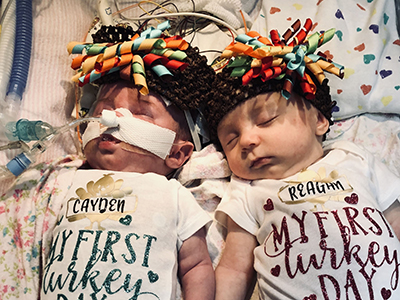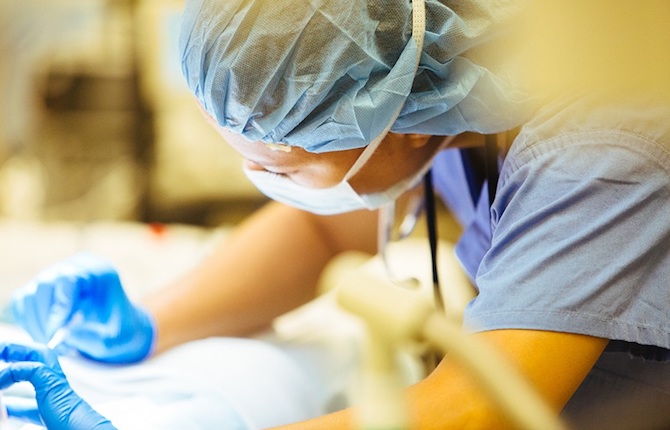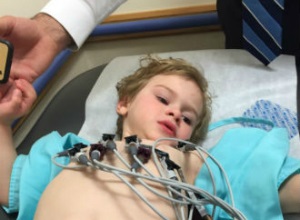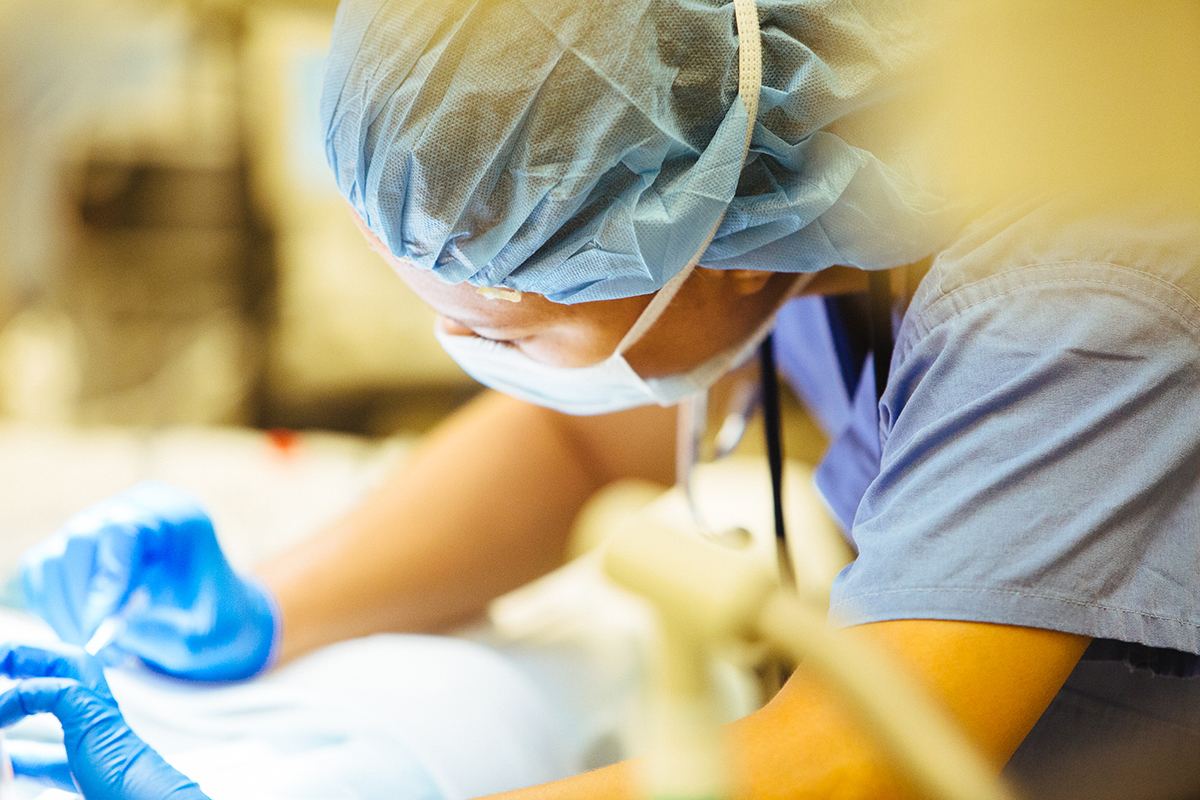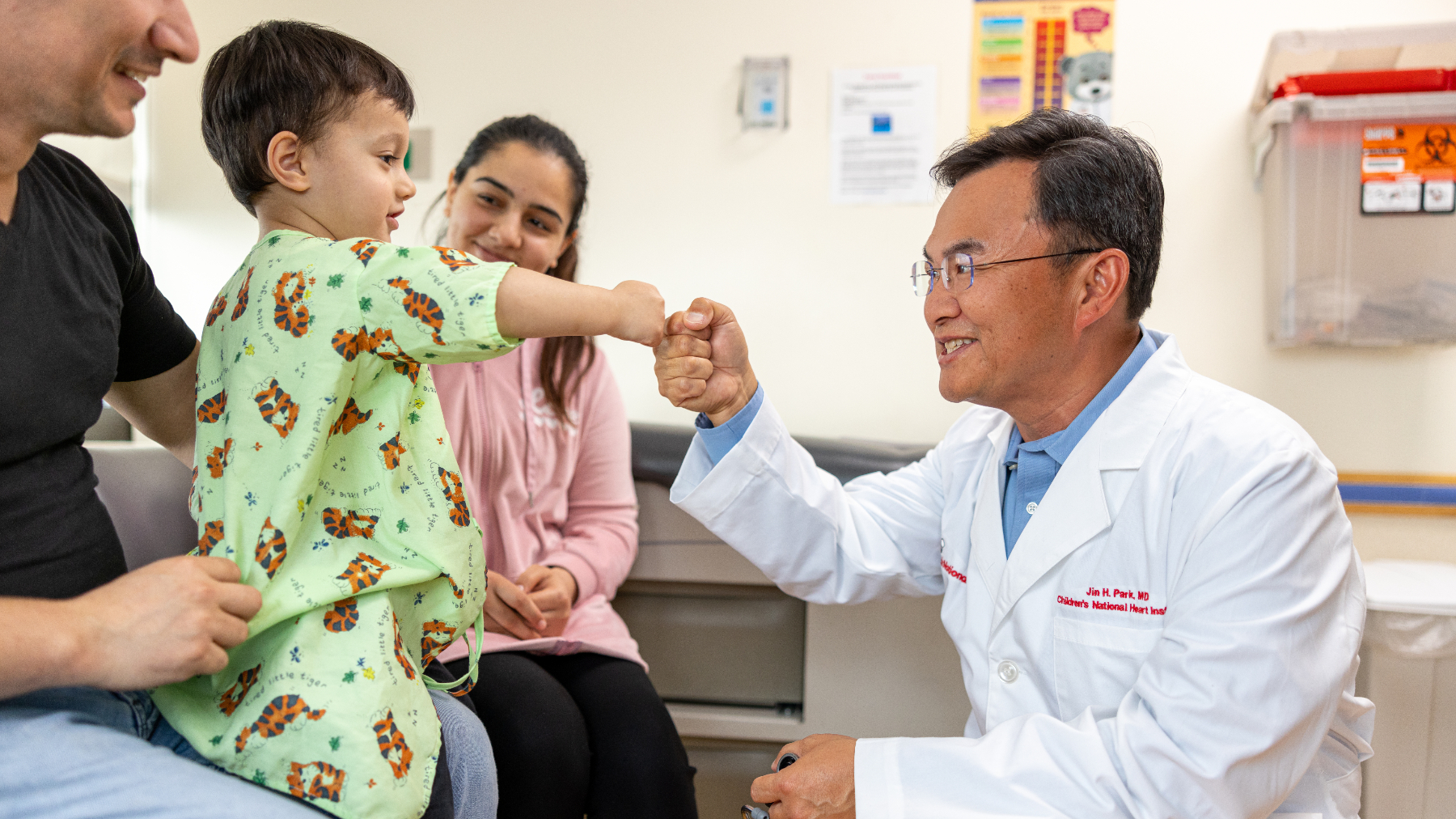Treatment
Pediatric Cardiac Catheterization
Key Points about Cardiac Catheterization
- Cardiac catheterization is a procedure in which a long, flexible tube (catheter) is put into a blood vessel. The doctor then guides the catheter into the heart to find and treat heart problems.
- Your child might need a cardiac catheterization to diagnose a heart problem or to fix an already existing problem (such as a congenital heart defect); diagnostic and interventional catheterizations may also be performed.
- The procedure is done in a cardiac catheterization (cath) lab in a hospital. Your child's doctor and a specially trained staff of nurses and technicians will be alongside your child throughout the process.
Frequently Asked Questions
What is cardiac catheterization?
Why might my child need a cardiac catheterization?
What are the risks of cardiac catheterization?
How do I get my child ready for cardiac catheterization?
What happens during cardiac catheterization?
What happens after cardiac catheterization?
Meet the Providers Who Perform Cardiac Catheterizations
Departments that Offer Cardiac Catheterization
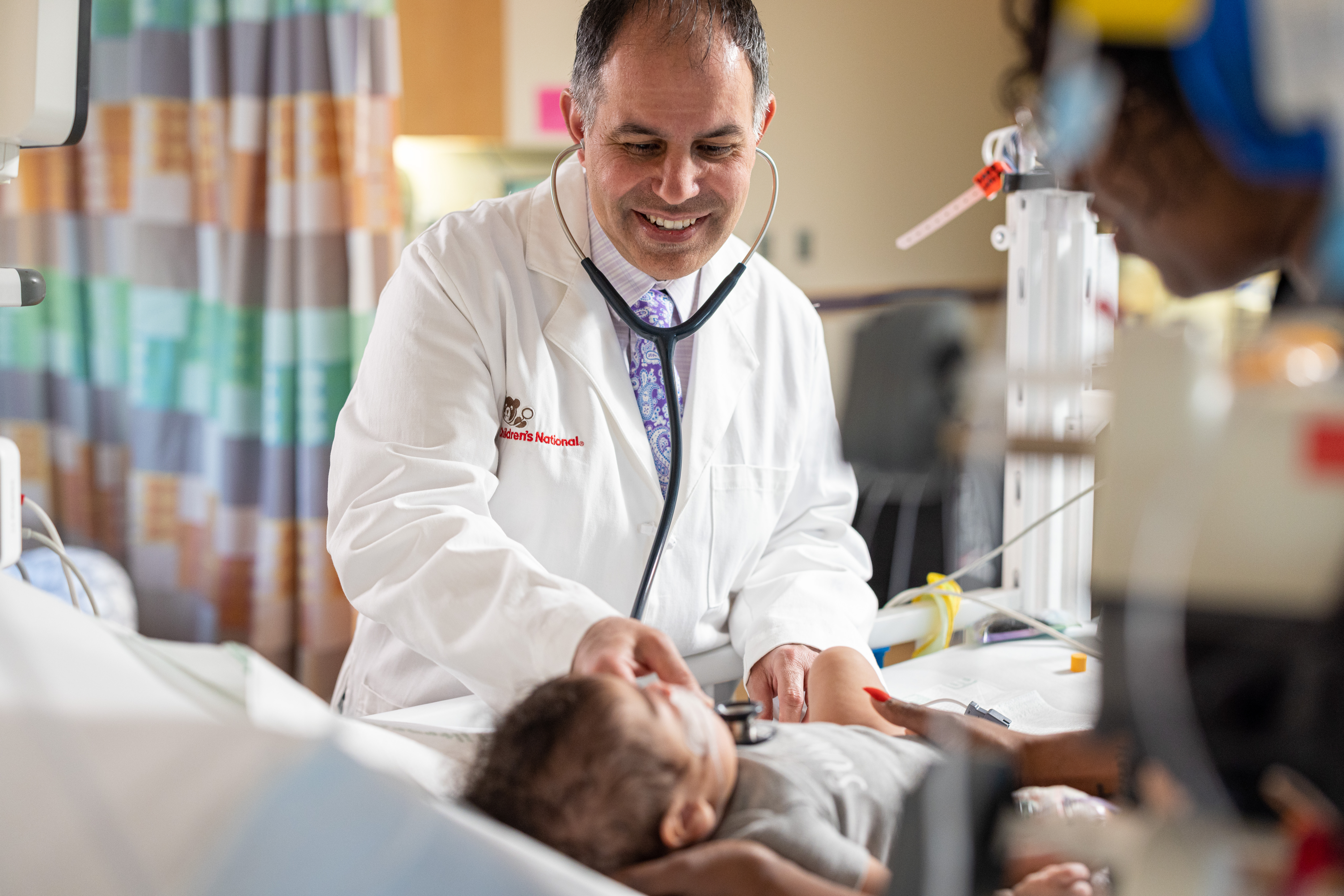
Cardiology
The pediatric heart experts at Children's National Hospital in Washington, D.C., provide advanced cardiology care for unborn babies, children and young adults with heart conditions. Learn more about this program.

Help Kids and Make a Difference
Invest in future cures for some of life's most devastating diseases. Give today to help more children grow up stronger.


